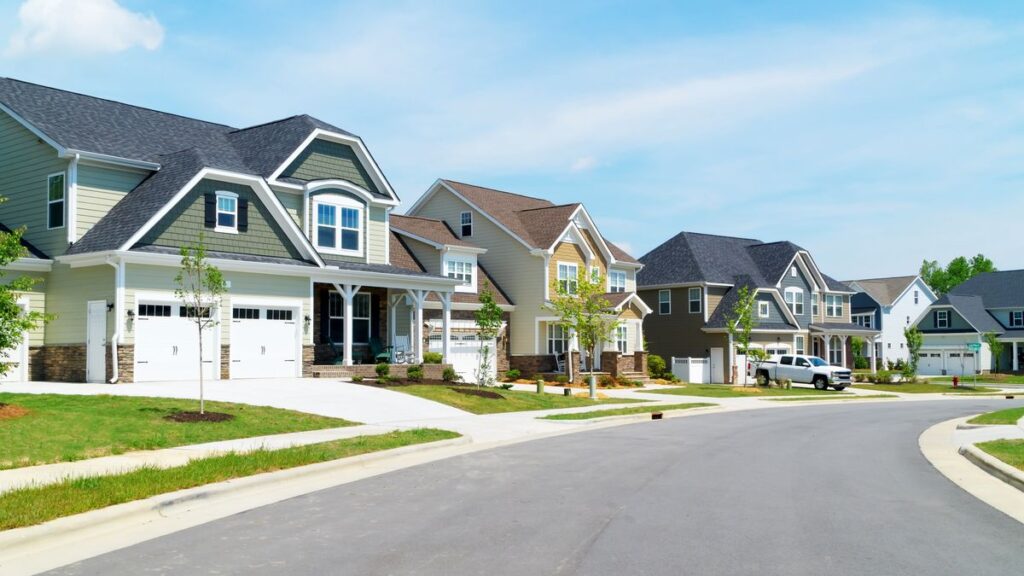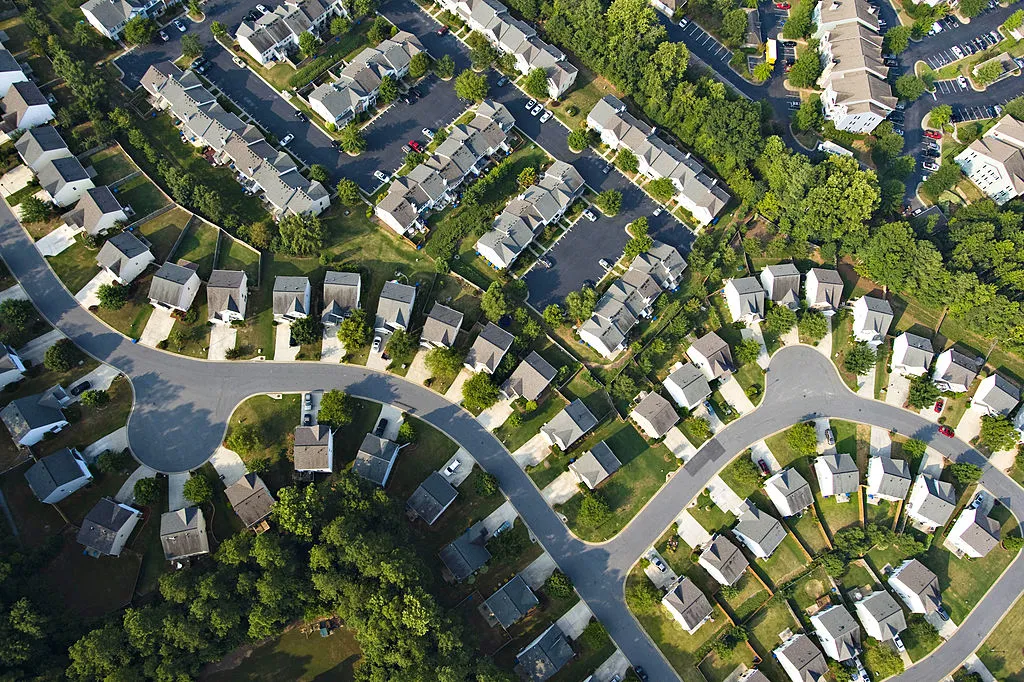
📢 About This Summary
This article is a summary based on a recent YouTube discussion — edited and annotated by Time Health Capital. Our team routinely watches, distills, and reacts to leading content so readers can access clear, readable insights and conversation starters.
“The truth is, affordability is collapsing — and the same forces making housing unaffordable are quietly eroding your purchasing power across the board.”
Source / Watch: YouTube — Housing Affordability Discussion
📝 Summary of Key Points
Home prices have outpaced wages while mortgage rates sit near multi-decade highs — a one-two punch that makes ownership unaffordable for many. Underbuilding, higher construction costs, institutional buying, and the erosion of the dollar’s purchasing power all amplify the problem. For investors and households, the risk is that affordability pressures persist even if headline inflation cools: the cost basis for housing has structurally moved higher.
📉 The Housing Affordability Crisis Explained

Home prices have risen far faster than incomes in most metro areas. At the same time, higher mortgage rates add materially to monthly payments — turning what felt like achievable purchases into long-term affordability problems.
Key drivers include:
- Persistently high construction and labor costs following pandemic disruptions
- Underbuilding for a decade in many regions, leaving supply gaps
- Institutional buyers acquiring single-family homes and rentals
- Higher interest rates that amplify monthly payment sensitivity
The combined effect is a steeper, more expensive ladder for first-time buyers and increased financial strain for households that must refinance or move.
💵 Inflation: The Hidden Driver
Even if CPI headlines cool, the cost basis for housing — land, materials, wages — has shifted upward. Spikes in lumber, modular components, subcontractor rates, and permitting delays translate into permanently higher build costs per unit.
More broadly, when the currency loses purchasing power, everything priced in that currency becomes effectively more expensive. That slow erosion is particularly cruel for housing because homes are long-lived, lumpy purchases; once prices rebase higher, affordability doesn't snap back quickly.
🪙 Why Gold Matters Now More Than Ever

Gold has a long record as a store of value when fiat purchasing power weakens. Viewed in ounces of gold rather than dollars, some real assets (including housing) can appear less stretched. For investors worried about the silent erosion of purchasing power, a disciplined allocation to gold can preserve optionality—keeping buying power intact when prices spike in fiat terms.
Note: gold is not a yield-producing asset. Its primary role is insurance and optionality — a way to maintain purchasing power rather than chase short-term returns.
🛠 Strategies to Protect Your Wealth
If housing affordability and monetary erosion concern you, consider these practical steps:
- Diversify: combine liquid assets, real assets, and a modest allocation to precious metals.
- Preserve optionality: maintain a cash runway (measured in months of fixed expenses) so you aren’t forced sellers in stress.
- Evaluate geography: smaller markets or regions with stronger wage growth can offer better affordability ratios.
- Balance ownership & liquidity: owning property reduces rental exposure but can lock capital; maintain some liquid inflation-hedged positions for flexibility.
- Focus on quality: when buying property, preference for durable locations, pricing power, and low maintenance load matters more than chasing yield alone.
These are tactical considerations—not a one-size plan. Prioritize the moves that protect your personal safety margin and career flexibility first.
✅ Final Thought
Housing unaffordability is a visible symptom of broader monetary and supply dynamics. While policy and market forces drive the headline numbers, individual resilience comes from preserving optionality, diversifying exposure, and protecting purchasing power. Gold can be a part of that toolkit — but the real work starts with cash runway, prudent leverage, and geographic and career flexibility.
▶ Prefer to Watch?
Watch the full discussion on YouTube here:
💬 Dr. Ozoude’s Commentary
❓ Questions & Implications for Our Readers
- How should physicians balance the desire for homeownership with the need to maintain liquidity and career flexibility?
- What allocation to stores-of-value (gold, real assets) makes sense for someone who depends primarily on earned income?
- Are there regions or property types that offer better risk-adjusted affordability for professionals starting their careers?
💡 Talk directly with Dr. Ozoude at Time Health Capital.
Schedule a Call with Dr. Ozoude© All original content, trademarks, and media referenced herein belong to their respective creators. This article is a third-party summary created by Time Health Capital for educational and informational purposes only. It does not constitute financial, medical, or legal advice. Please do your own research and consult qualified advisors before making decisions.

Housing matters because it’s where families live their lives — where children sleep, where weekend recovery happens, where a physician returns after a long shift. When affordability collapses, the impact is more than financial: it forces choices about where to work, whether to commute, and how much of your time you must spend simply paying overhead. My practical view for clinicians is simple: protect your personal margin first. That means rebuilding a cash runway that covers several months of fixed costs, avoiding brittle leverage that assumes rates or income will never change, and compartmentalizing long-term purchases so they don’t crowd out your ability to respond to health or career shocks. On the portfolio side, a modest allocation to real assets and a rules-based allocation to gold can preserve purchasing power without distorting professional decisions. Plan like you manage patients: prevention, margin, and contingency.